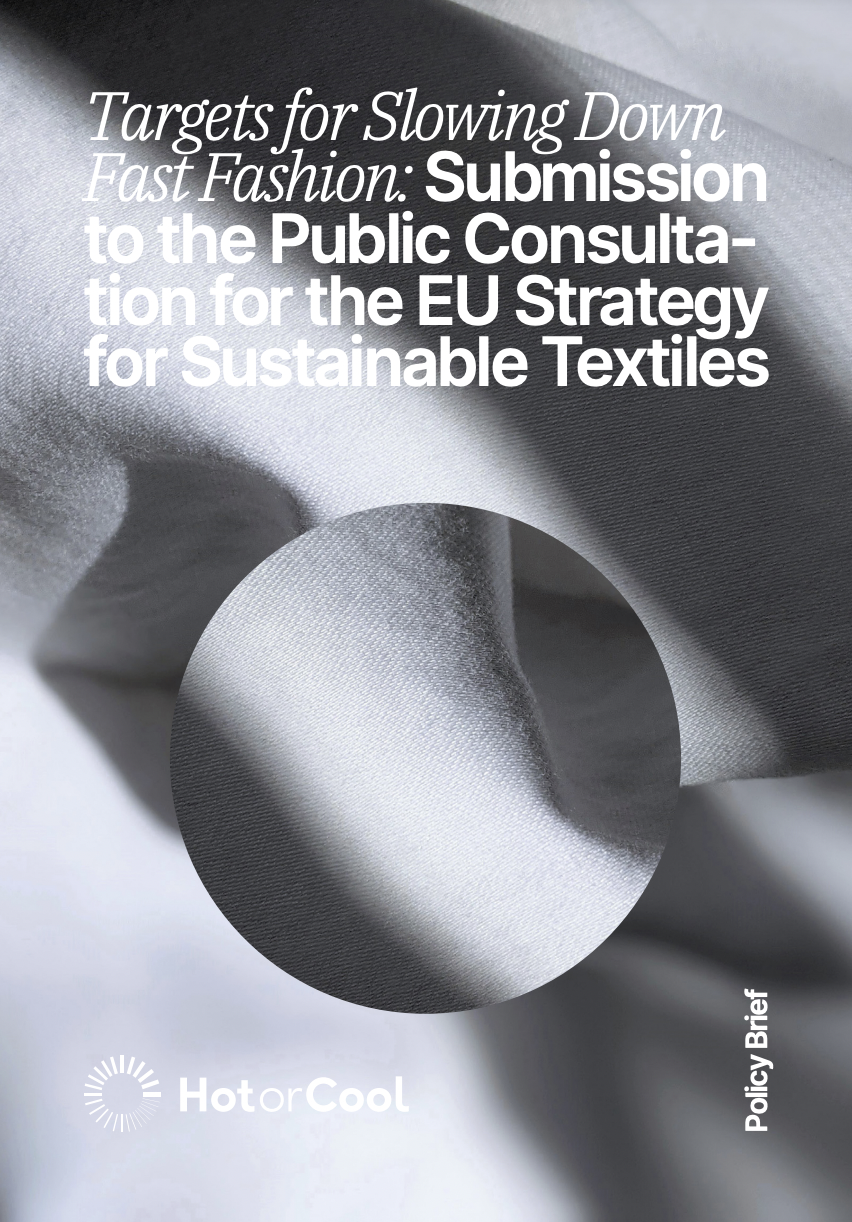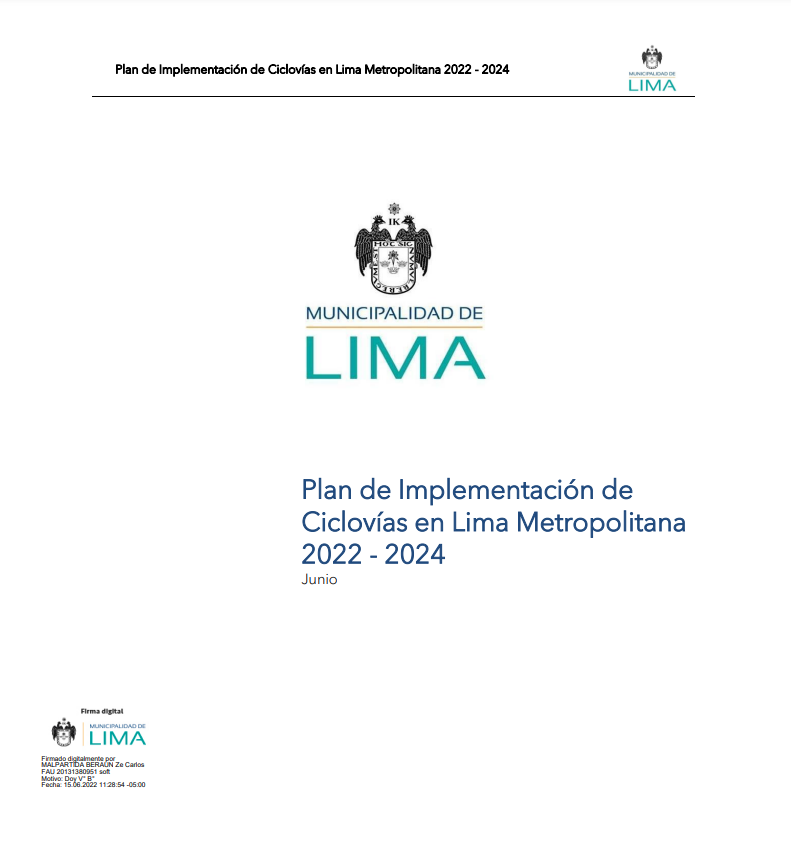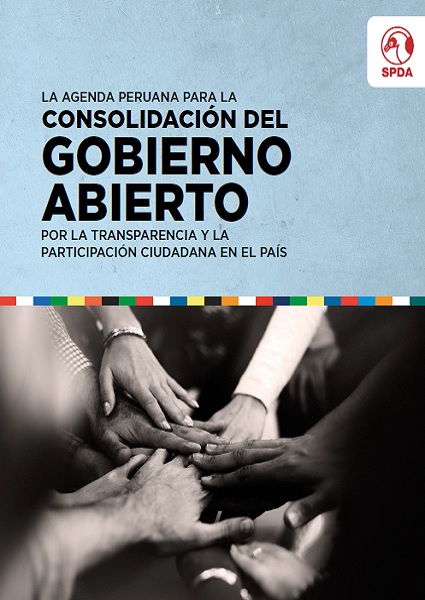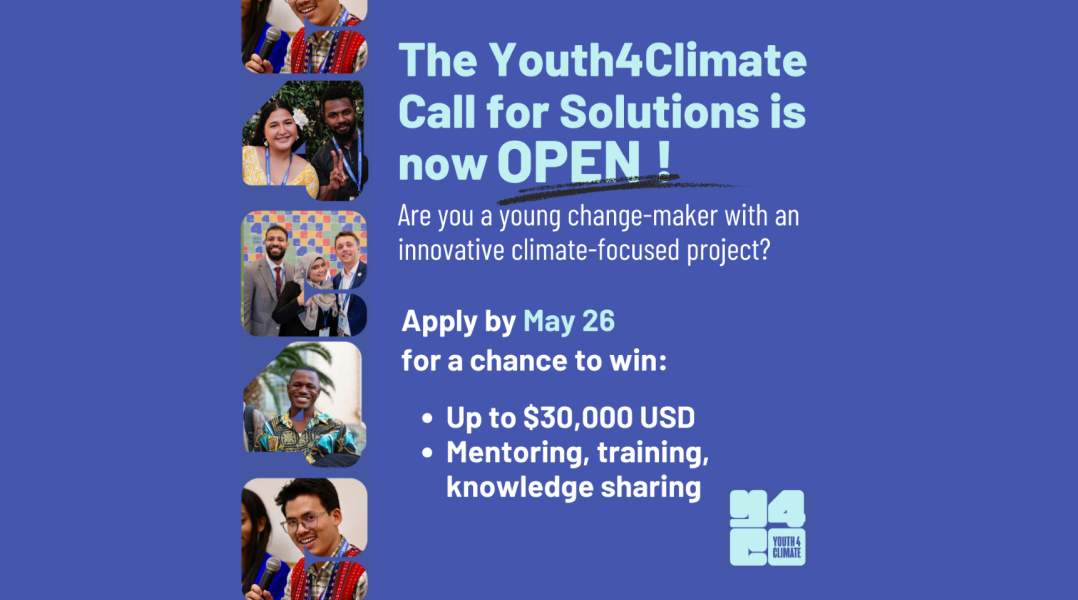Targets for Slowing Down Fast Fashion: Submission to the Public Consultation for the EU Strategy for Sustainable Textiles
Fast fashion production and consumption are rapidly increasing. This policy brief shares findings from the workshops conducted by The Hot or Cool Institute and the independent think tank Demos Helsinki and aims to call for policymakers to act for regulating fast fashion on addressing and reducing negative impacts on the environment and society by fast fashion.
Fast fashion production and consumption are rapidly increasing. In recent years, the fast fashion industry has emerged as one of the most polluting worldwide, CO2 emissions generating negative impacts environmentally and socially. Based on increasing scientific evidence, researchers, institutions, and youth organizations are calling for policymakers to act for regulating fast fashion. The Hot or Cool Institute and the independent think tank Demos Helsinki gathered some of the actors and stakeholders at the forefront of research and policy design for addressing fast fashion negative impacts on the environment and society, in a series of two workshops. This brief shares findings from the workshops with the aim to inform the EU Strategy for Textiles.
Key messages:
- Fast fashion is the most important driver of increasing negative impacts of textiles. Measures for tackling fast fashion should hold a central place in policy strategies and agendas for more sustainable textile systems.
- Policy enablers are essential for realizing circular fashion models. Innovation and behavioral change alone cannot foster a transition to a circular economy for fashion and textiles.
- Global over-production and consumption must be tackled, ensuring a safe and just transition to circular models while opening new business opportunities.
- Governments should cooperate and call for increased transparency and traceability, including on emissions and across fashion value chains.
Global slow fashion targets by 2030:
- All garment companies (100%) must ensure living wages to all workers in the supply chain and comply with the Global Framework Arrangements (GFAs) to achieve safe, just, and equal working conditions.
- To reduce global GHG emissions in the value chain by 50%.
- Switch of 20% of purchases from new clothes to clothes traded via circular business models to enable Circular Business Models
- Reduce global production of fast fashion garments by 20%.
- Increase garment use time by 36%.
- Collect, Recycle, re-purpose or reuse 100% of used clothing items at the end of life.
External source(s)





